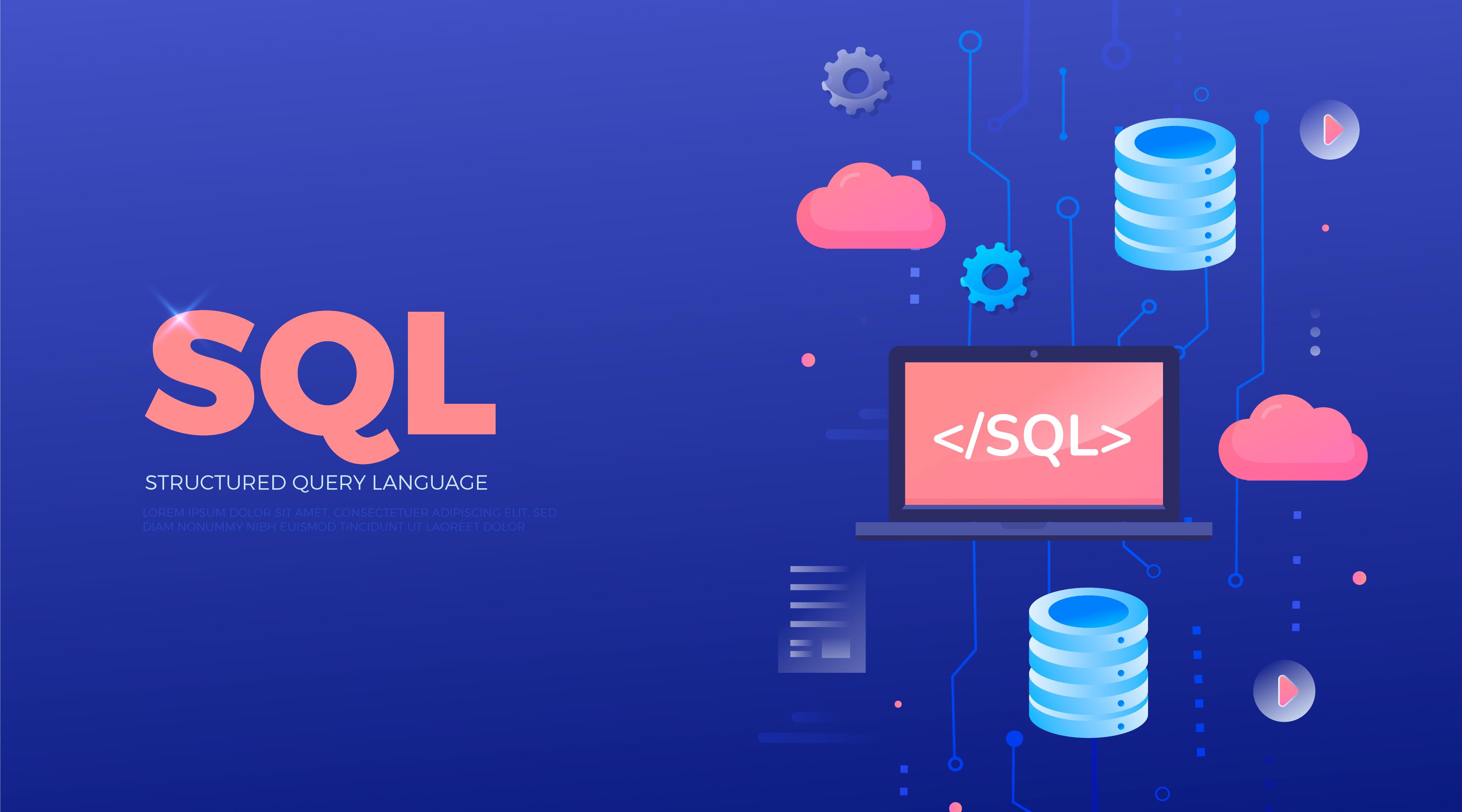Imagine your app is a library, and someone walks in not to borrow books, but to rewrite the catalog. That’s SQL Injection in a nutshell.

In today's data-driven world, web applications serve as the primary interface between users and information. Behind every form, login page, and search bar lies communication with a database. When improperly secured, these entry points become the perfect target for attackers using a method called SQL Injection (SQLi).
SQL Injection is not a new threat — it has existed since the early days of web development, yet remains one of the most commonly exploited vulnerabilities. This article explores SQLi in detail: how it works, why it's dangerous, how to prevent it, and the devastating consequences if ignored.
SQL Injection is a code injection technique where malicious SQL statements are inserted into input fields or URL parameters, which are then executed by the backend database. It exploits improper handling of untrusted data within SQL queries.
At its core: SQLi manipulates queries to access, modify, or destroy data in unauthorized ways.
User input:
SQL Query:
This condition always evaluates to true, allowing unauthorized access.
To understand how SQLi functions, let’s visualize a simple login system:
If both username and password match, access is granted.
Suppose this query is constructed using string concatenation:
Now, an attacker inputs:
username: ' OR 1=1 --
password: anything
The final query becomes:
Everything after -- is a comment, effectively bypassing the password check.
SQLi is not one-size-fits-all. Attackers choose from different techniques based on their goals and system behavior.
Uses the same communication channel to both inject and retrieve data.
Error-Based SQLi: Extracts data via error messages.
Union-Based SQLi: Combines results from multiple queries using the UNION operator.
No data is visibly returned, but responses vary based on logic.
Boolean-Based: Sends conditions that result in different responses.
Time-Based: Uses SQL functions like SLEEP() or WAITFOR DELAY to infer results based on response time.
Uses different channels (like DNS or HTTP) for data retrieval. Often used when traditional techniques fail or are too slow.
Let’s analyze more practical examples across application layers:
Bypasses authentication by evaluating the WHERE clause as always true.
Used to extract hidden or unrelated data from other tables.
If not filtered, this can erase entire tables.
If the first letter of the admin's password is 'a', the response is delayed.
SQL Injection can have devastating consequences:
| Type of Impact | Description |
|---|---|
| Unauthorized Access | Bypassing login to impersonate users or admins. |
| Data Theft | Leaking sensitive data like emails, SSNs, and financial records. |
| Data Loss | Deleting or modifying records without permission. |
| Full System Compromise | In some setups, SQLi can lead to shell access or file uploads. |
| Reputational & Legal Damage | Fines under GDPR, lawsuits, and loss of user trust. |
SQLi is preventable with a layered defense strategy. Here are best practices:
PHP (PDO):
Node.js (MySQL2):
Python (psycopg2):
Don’t build SQL queries with concatenation or interpolation. Use query builders or ORMs.
Reject invalid characters.
Whitelist expected formats.
Use strict data typing in APIs.
Your DB user should only have the minimum required access. No DROP, ALTER, or GRANT permissions unless explicitly needed.
Detailed error messages can expose query structures. Use generic messages:
WAFs help catch known patterns of SQLi before they reach your app. Tools include:
Cloudflare WAF
AWS WAF
ModSecurity (Apache/Nginx)
Test fields and URLs with payloads like:
| Tool | Description |
|---|---|
| SQLMap | Open-source tool for automatic detection & exploitation |
| Burp Suite | Advanced proxy-based web vulnerability scanner |
| OWASP ZAP | Free, open-source security scanner |
| Year | Organization | Data Breach Description |
|---|---|---|
| 2008 | Heartland Payment | 100M+ credit card numbers stolen via SQLi |
| 2011 | Sony PlayStation | 77M user accounts hacked, including personal information |
| 2012 | 6.5M password hashes leaked | |
| 2015 | TalkTalk (UK) | 157K customer records compromised |
These breaches led to millions in damages, legal consequences, and loss of customer trust.
The OWASP Top 10 highlights the most critical web security risks. SQL Injection falls under:
Injection flaws, such as SQL, NoSQL, OS, and LDAP injection, occur when untrusted data is sent to an interpreter as part of a command or query.
OWASP recommends:
Using safe APIs
Employing positive input validation
Enabling logging and alerting on suspicious activity
SQL Injection is simple to exploit but devastating in impact. Fortunately, it’s equally easy to prevent with proper practices.
Use prepared statements always — no exceptions.
Never trust user input, and always validate and sanitize.
Use ORMs and query builders to abstract raw SQL.
Follow least privilege for database roles.
Log suspicious activity and test your application regularly.
💡 Pro Tip: Add SQLi testing to your CI/CD pipeline using automated security scanners.
Your email address will not be published. Required fields are marked *